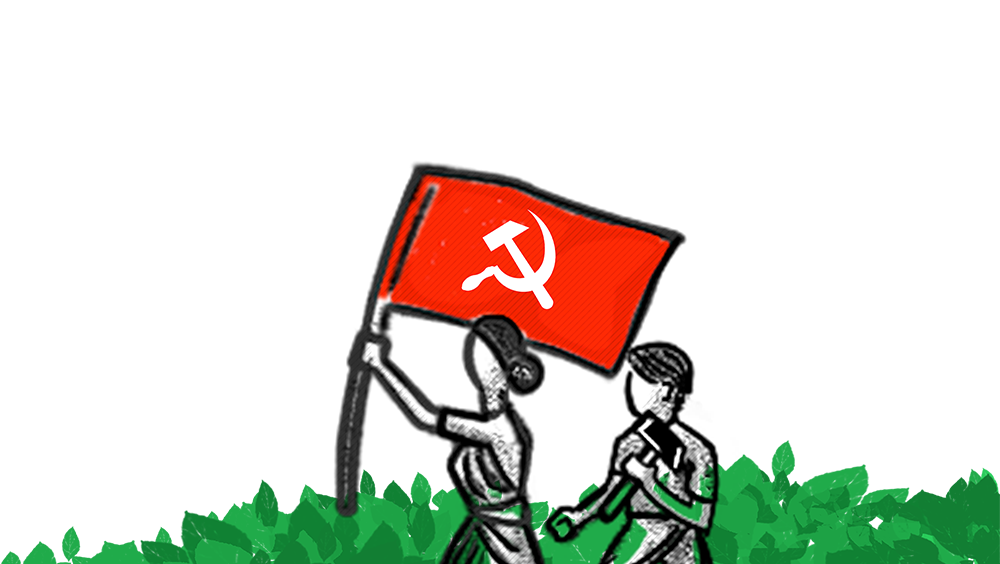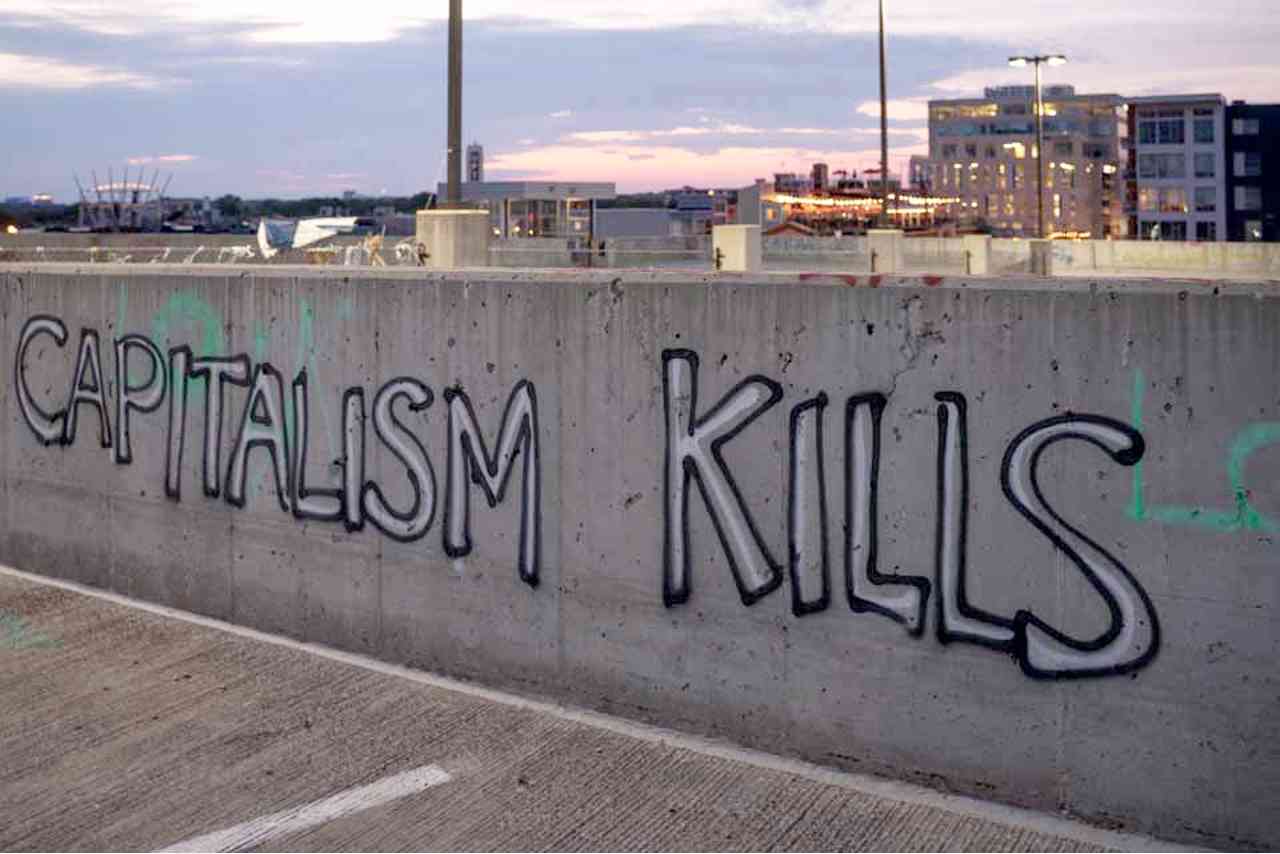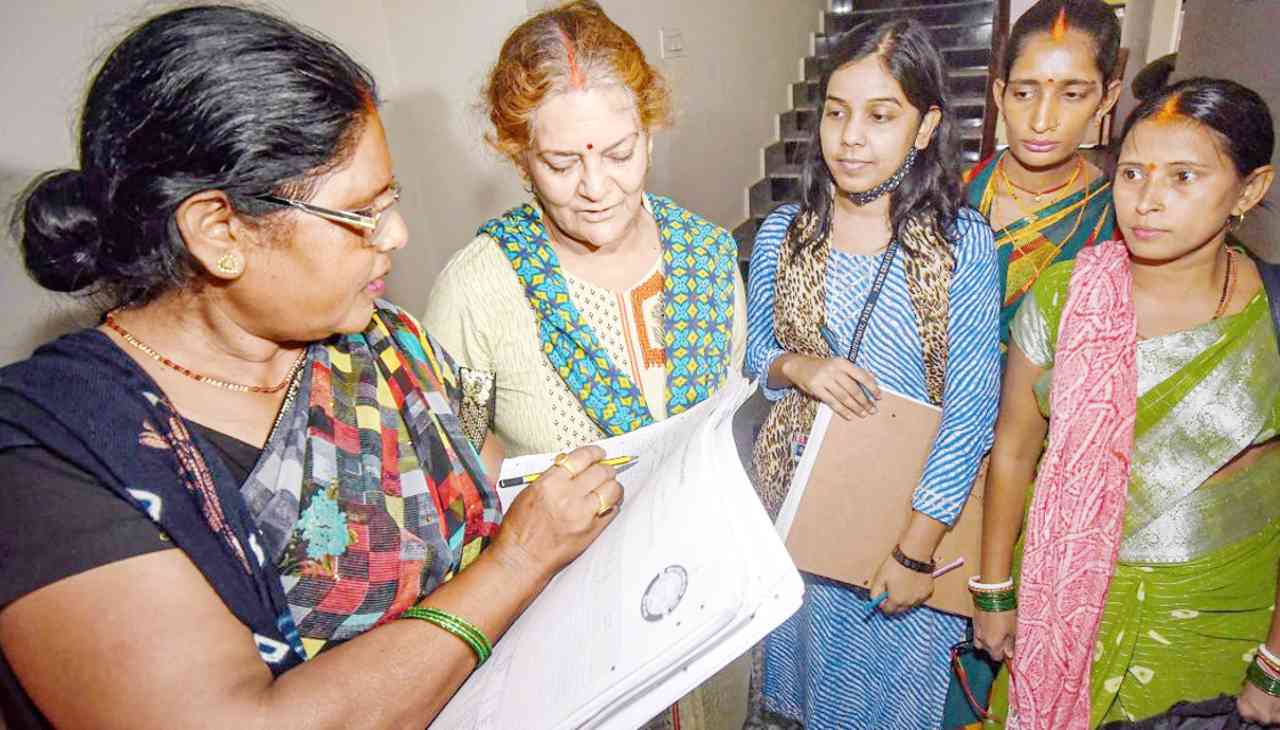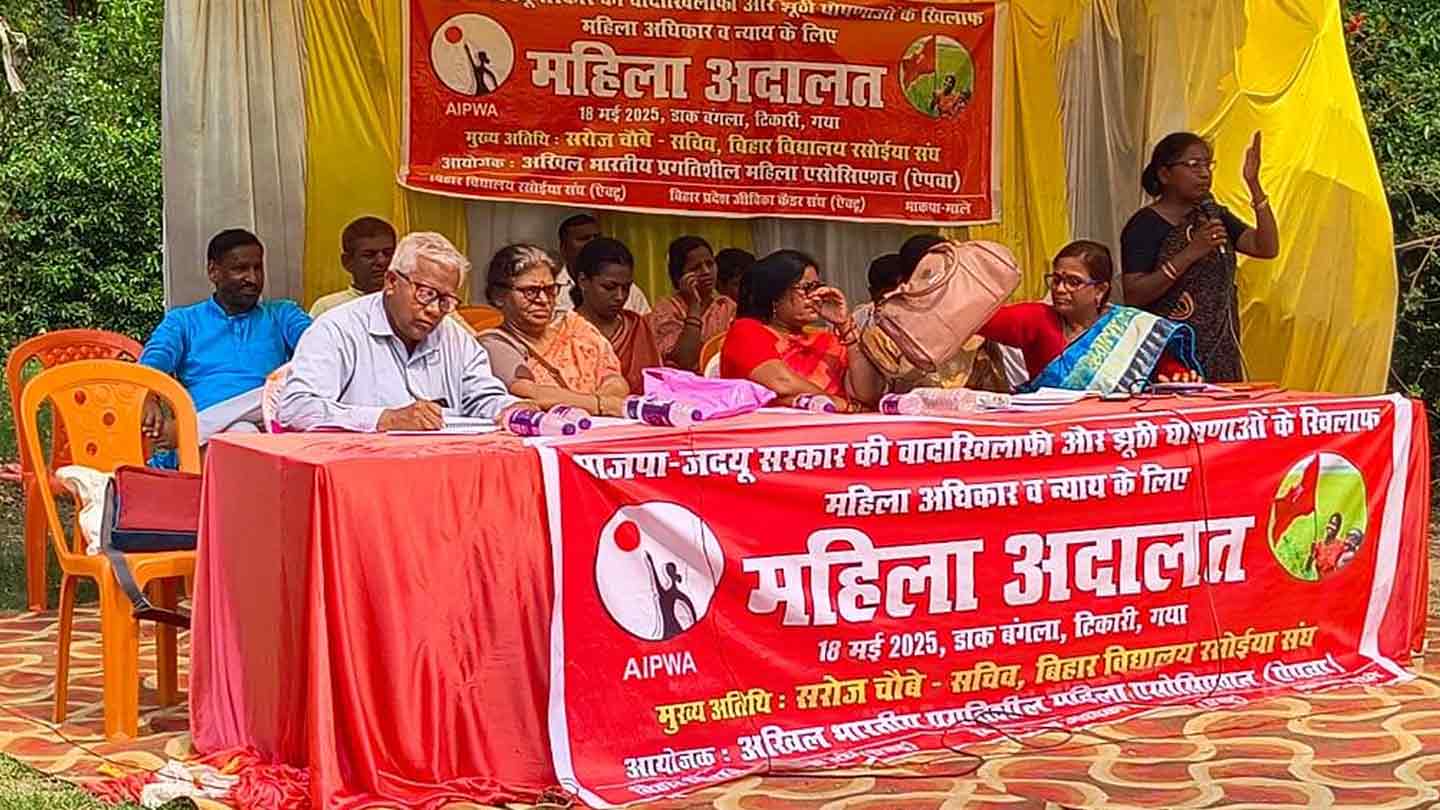After all, the proponents of capitalism claim that the valorisation of capital would lead to creation of unprecedented wealth and all this would apparently trickle down to the toiling masses. Why then are the real producers of wealth facing such hardships today? Marx had outlined how nature and labour were the two sources of wealth creation for capitalism. In the nineteenth century, one could imagine the misery and squalor of infant industrialization and urban clustering marking the early days of capitalism. But why in the twenty-first century, and especially in ‘new India’, do we continue to see such depredations? Does the answer lie in the process of capital accumulation itself? We’ll answer the question in two parts, the first taking wage workers (both agricultural and non-agricultural) and the second taking students and ad-hoc teachers as the basis for our analysis.
The choice of the pairs itself (i.e. agricultural and non-agricultural wage workers, and student-ad hoc teachers) would evince an explanation. Each pair typifies a transition – non-agricultural workers come out from agricultural work, ad-hoc teachers from students. In a sense, these pairs are conjoined by a process of transition – some agricultural workers migrate to non-agricultural work for better wages, teachers are of course students before they become teachers. The move from low paying agricultural work to better paying non-agricultural work is the corner stone of capitalist transition – an aspiration that capitalism feeds on. Much like the aspiration that students and teachers have of a better life through education. Marx had stumbled upon this transition as a paradox, a circularity of reasoning in trying to explain how capitalist accumulation came about, and especially how wage labour came to be. Logically, capitalist accumulation can only occur if there is surplus value, but that presupposes that production is already capitalist, which in turn presupposes that there already exists a mass of labour power and capital in the hands of the commodity producers – a circularity which can only be broken if one assumes a start point of capitalist accumulation. The emergence of wage labour, i.e. labour who would survive by selling labour power for wages, would necessitate that the person was freed of all ties to the means of production (i.e. as Marx put it - neither be “part and parcel of the means of production”; “nor do the means of production belong to them”).
Those who toil are then duly following the promised path by working for wages. The unfairness of capitalism is shouldered by housewives who toil and are denied any price for their labour power. The unfairness is also borne by the unemployed, those who aspire to sell their labour power but don’t find a buyer. But the very presence of the unemployed keeps those employed on a knife’s edge – lurking behind the precariously employed is an army of unemployed, forced due to circumstances to sell their labour power for a cheaper rate. Thus the daily wager today can be unemployed tomorrow and vice versa. What exacerbates the situation is that one doesn’t always earn enough to make ends meet. So the precarity of contract and the inability to earn enough keeps the toilers from enjoying the toils of their labour. The sweat from one’s brows doesn’t earn enough bread. In new India, the state ensures this precarity by repeated shocks to the system. An ill conceived demonetisation in 2016 that robbed the poor of their meagre earnings, a GST regime that nibbled away at the meagre savings of commodity sellers, digital payment systems that excluded the poor from their hard earned cash. Then came the draconian lockdown in 2020 without sufficient notice or preparations which dealt a deadly blow to the livelihood opportunities of millions. In old India too, a similar apathy prevailed. The Minimum Wages Act is one of the least enforced pieces of legislation right from the time of it’s inception in 1948.
If one sees the entire story in totality, whether it be global capitalism in general or the Indian story in particular, the entire life cycle of labour seems precarious. Landlessness and low wages in agricultural work, and a not too different situation if one migrates to non-agricultural work. Even the salaried or the self-employed aren’t outside the ambit of this precarity. If governments take up mass subsidisation of consumption like the universal PDS, there are repeated attempts made to prune it only to a targeted group. Even public employment programmes to address cyclical unemployment like the MGNREGA are either starved of funds by the government or the digital payment systems act as barriers for workers to realise their hard earned wages. To top it up, land dispossession and handing over natural resources to corporate houses close to governments further this cycle of precarity for the majority of people. The life cycle for labour under capitalism is fraught with many such uncertainties. Is it difficult to see what crushes the daily wage labour, the unemployed, the agricultural wage worker, the salaried professional, the self-employed, the student and the housewife? An oft used statement attributed to the renowned economist Joan Robinson is that the only thing worse than being exploited by capitalism is not to be exploited by it, in other words being unemployed is far worse than being employed under capitalism. But if capitalism kills, the boundaries between being exploited and not is quite literally a matter of life and death.
(to be continued)





